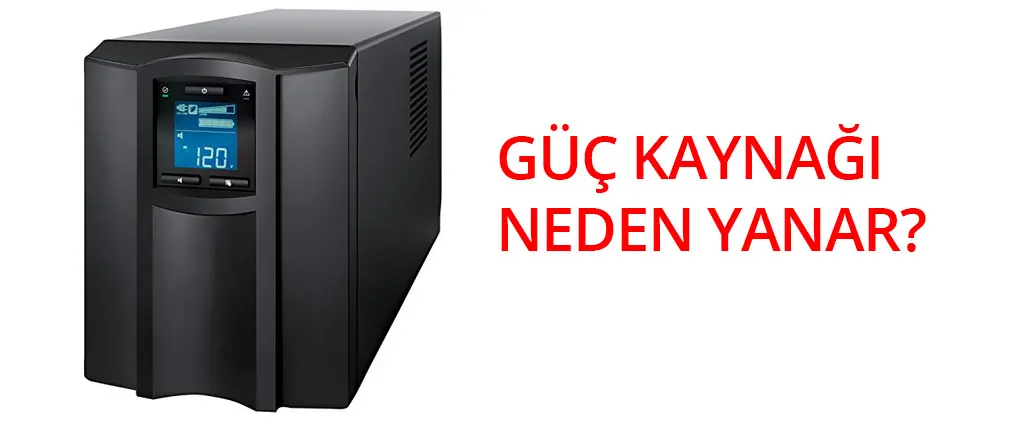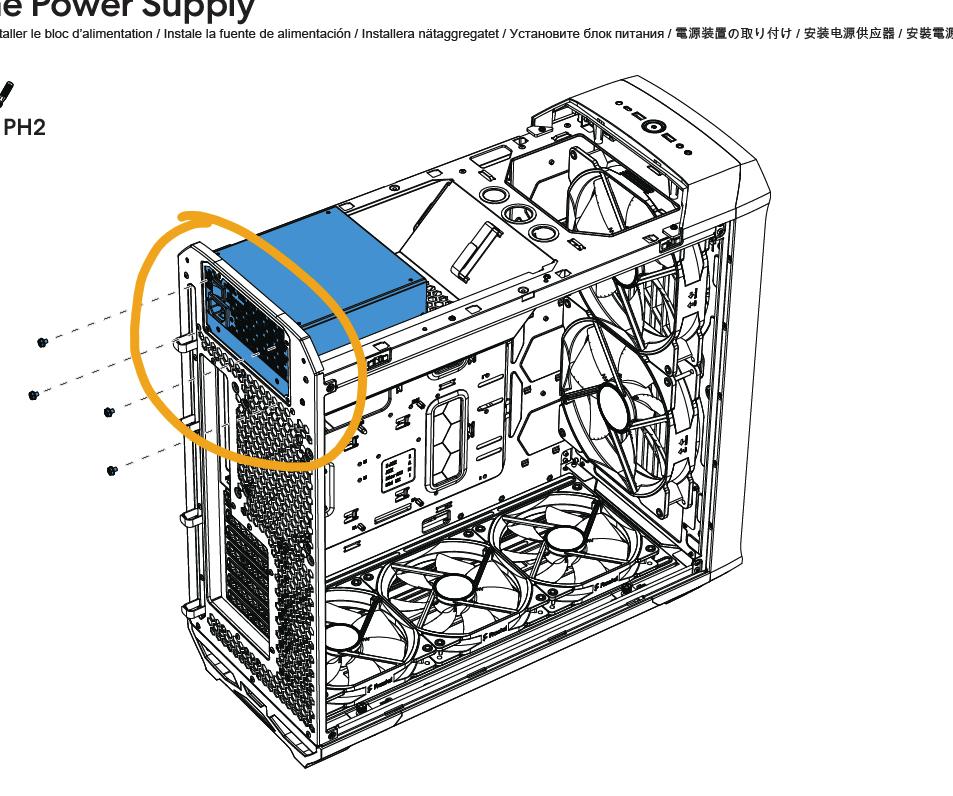A power supply is an essential component of any electronic device, providing the necessary electrical energy for its operation. However, in some cases, power supplies can malfunction and exhibit concerning symptoms such as sparking and smoking. In this article, we will explore the reasons behind power supply sparking and smoking, the potential dangers associated with it, and how to prevent or address these issues.

Why is my power supply sparking?
When a power supply sparks, it is an indication that there is a problem with the electrical flow within the device. Arcing, which is the formation of an electrical discharge or spark, typically occurs when there is a high voltage making or breaking contact or when there is a high current flow. Sparks can be caused by loose connections or faulty components, both of which can lead to potentially dangerous situations.
If the sparking is coming from the primary side of the power supply, such as the input power plug receptacle, it can be particularly hazardous. A loose connection in this area can result in arcing, which poses a risk of electrical shock or fire.
It is important to note that properly connected and secure parts of a power supply should never give off visible sparks. If you notice sparks, it is crucial to investigate and address the issue promptly.
Why did my power supply pop?
If your power supply pops, it is a clear sign that something has gone wrong. This sudden noise is often accompanied by a loss of power or other disruptions. When a power supply pops, it could indicate a severe fault or failure within the device.
The exact cause of a power supply pop can vary, but it is typically related to an electrical overload, short circuit, or component failure. These issues can occur due to various factors, such as faulty wiring, power surges, or excessive heat buildup. To prevent power supply pops, it is crucial to ensure proper electrical installation, regular maintenance, and appropriate load management.
What causes power supply to burn?
A power supply can burn and become unusable due to several reasons. Understanding these causes can help prevent such incidents and protect your devices.
No Suitable Choice for Load
Each power supply has a voltage limit that it can handle. If the power supply is installed in a building or location where the energy demand exceeds this limit, it can lead to burning and subsequent failures. It is essential to select a power supply that is suitable for the specific load requirements, taking into account factors such as location, area, electrical installation, and equipment used.
Sudden High Voltage Fluctuations
Power supply failure can occur due to sudden voltage fluctuations, especially when using uninterruptible power supply (UPS) systems. If the electrical installation in the building is not up to standard or if there are lightning strikes, the power supply can be exposed to high voltages that can cause burning. It is crucial to protect the power supply from such fluctuations by using devices like Trimbox, which can regulate and reduce voltage levels.
Improper use, such as incorrect connections or lack of maintenance, can also contribute to power supply burning. It is important to follow the manufacturer's guidelines for installation, usage, and maintenance to avoid any user-related issues that may lead to power supply failures.
How to Avoid Power Supply Faults?
Preventing power supply faults and burning requires proactive measures and adherence to best practices. Here are some steps you can take:
- Ensure the electrical installation in the building is up to date and meets the required standards.
- Have the power supply installation performed by a qualified professional.
- Select a power supply that is appropriate for the voltage level and load requirements of the building and equipment.
- Take precautions against factors such as lightning strikes, such as installing surge protectors.
- Regularly replace outdated connection cables and ensure proper grounding.
While these measures are essential, they may not be sufficient to prevent power supply burning in all situations. To eliminate the risk of induced voltage deterioration, using devices like Trimbox can be highly beneficial.
Protect your Power Supply with Trimbox
Trimbox is a device that can effectively regulate and reduce voltage levels, providing protection for power supplies. It is especially useful in situations involving lightning strikes and high-voltage fluctuations. By using Trimbox, you can prevent power supply burning and ensure the long-term functionality of your electronic devices.

How do I know if my power supply is burnt?
If you suspect that your power supply may be burnt, there are a few signs to look out for:
- No power output: The device connected to the power supply may not receive any power or fail to turn on.
- Burning smell: A burnt power supply may emit a distinct smell of burning electronics.
- Visible damage: Physical damage, such as scorch marks or melted components, can indicate a burnt power supply.
If you observe any of these signs, it is recommended to seek professional assistance or replace the power supply to avoid further damage to your electronic devices.
Power supply sparking and smoking are concerning symptoms that should not be ignored. Understanding the causes behind these issues, such as loose connections, electrical overloads, or component failures, can help prevent dangerous situations and protect your electronic devices. Taking proactive measures, such as proper installation, load management, and using devices like Trimbox, can significantly reduce the risk of power supply burning and ensure the reliable operation of your devices.
If you want to know other articles similar to Power supply sparking and smoking: causes and solutions you can visit the Electronics category.

